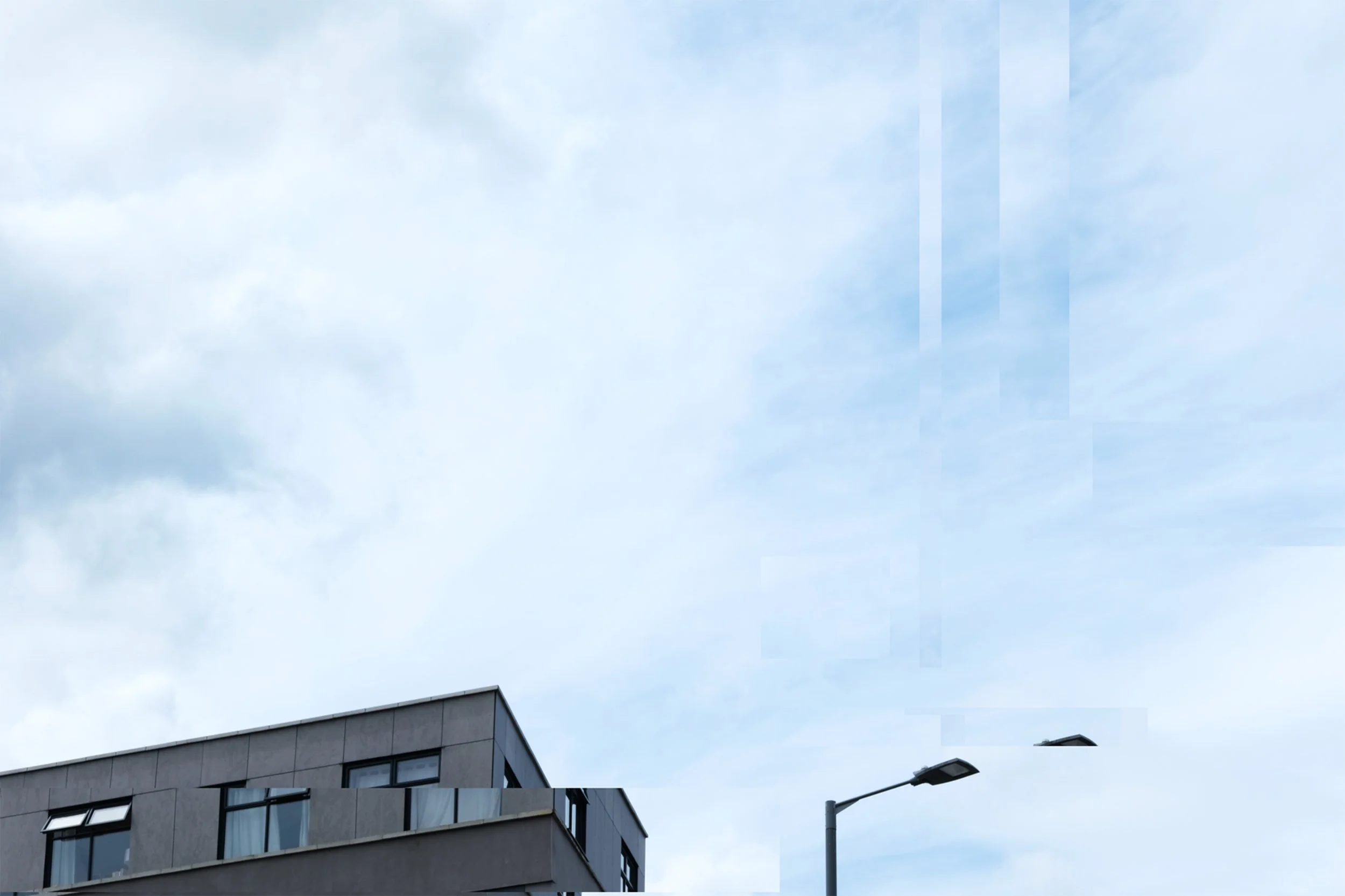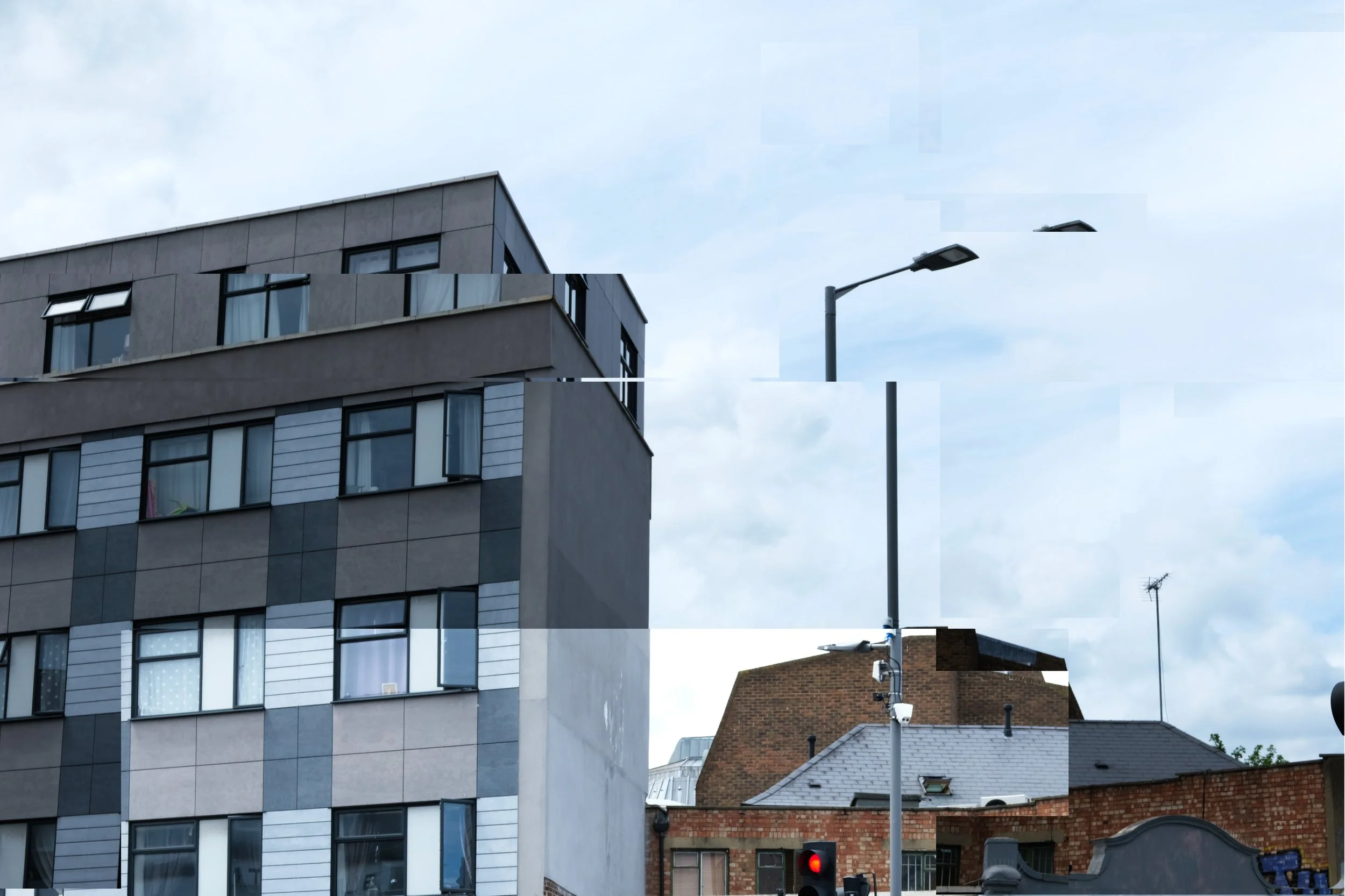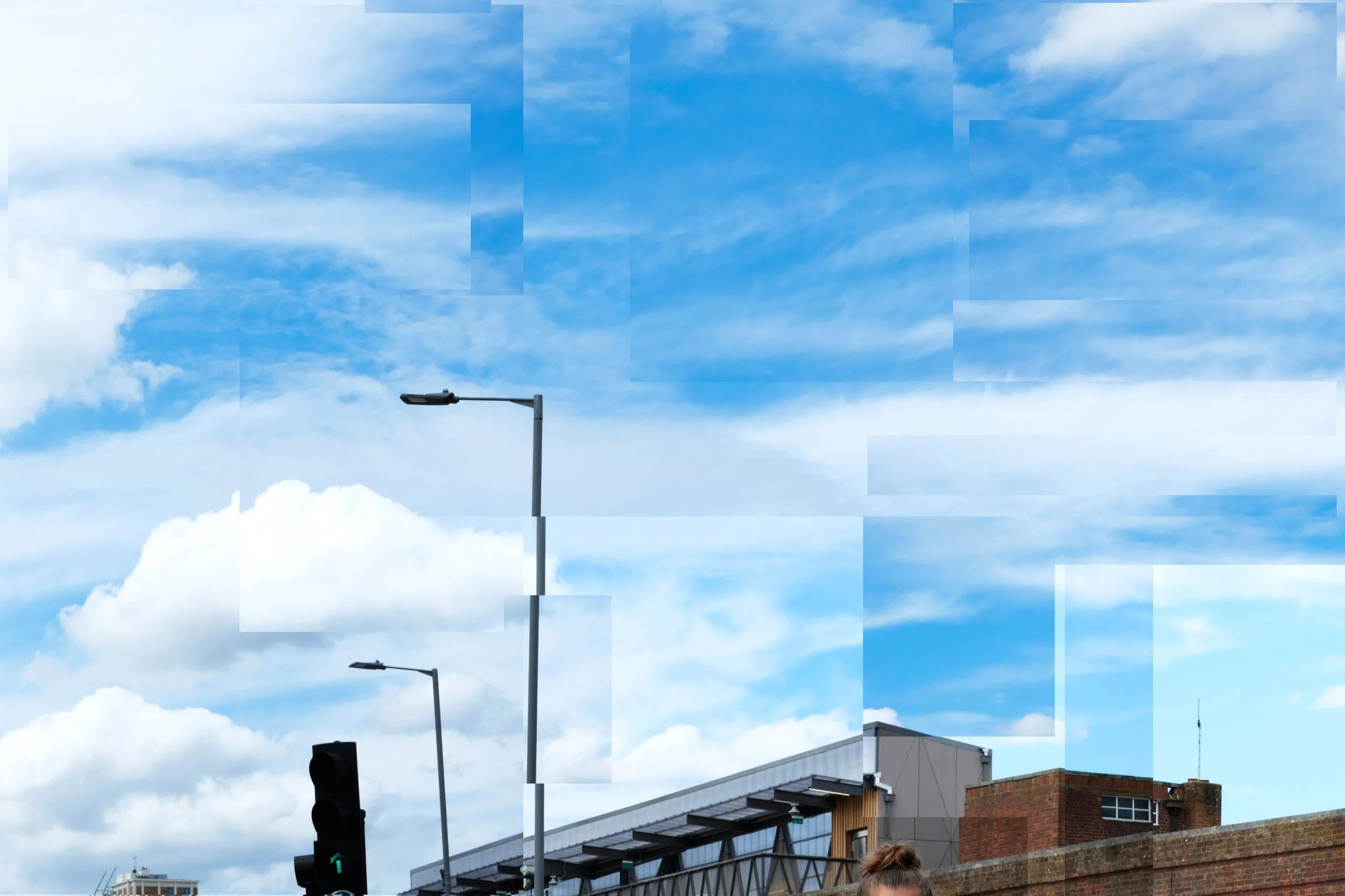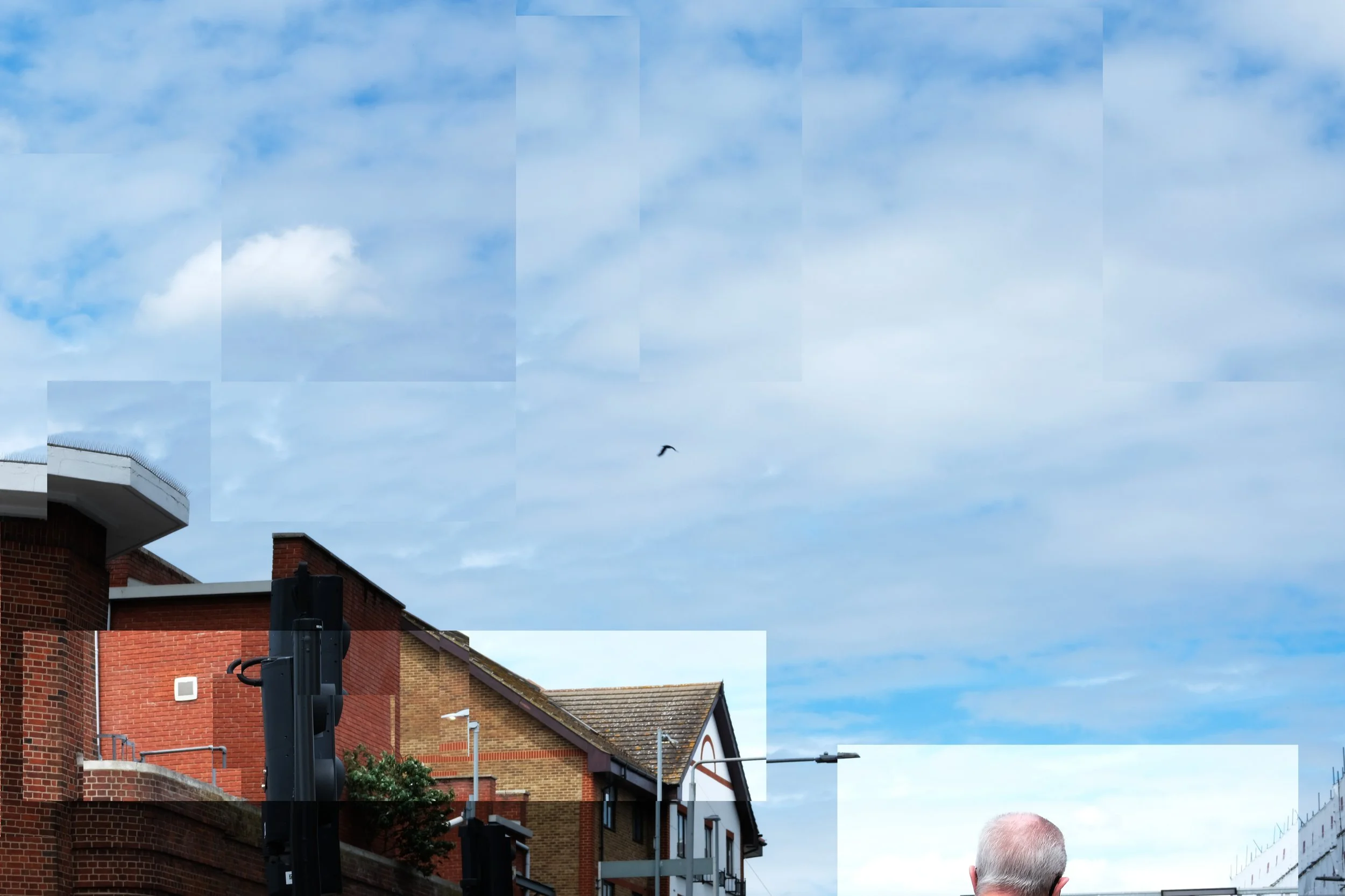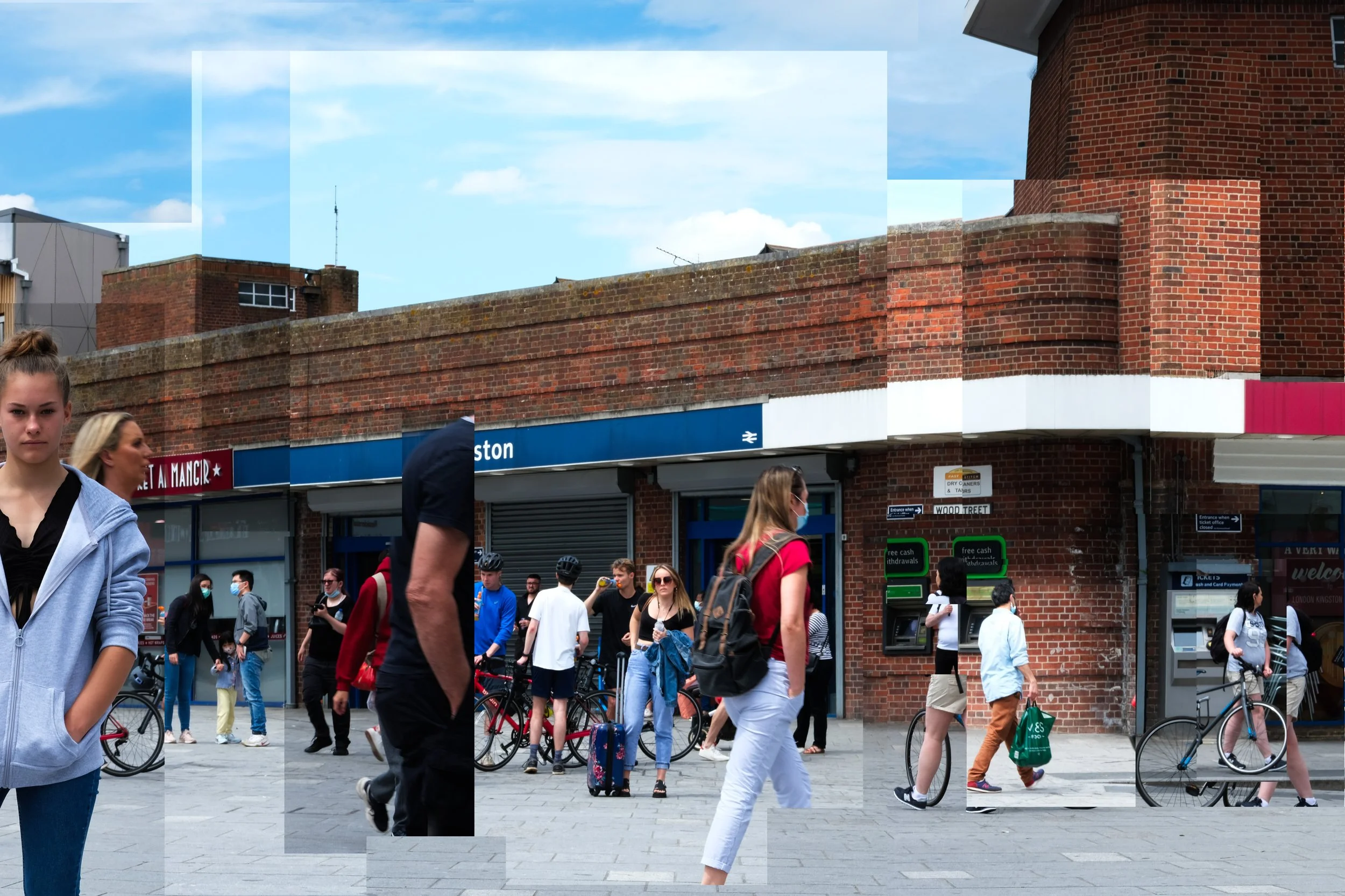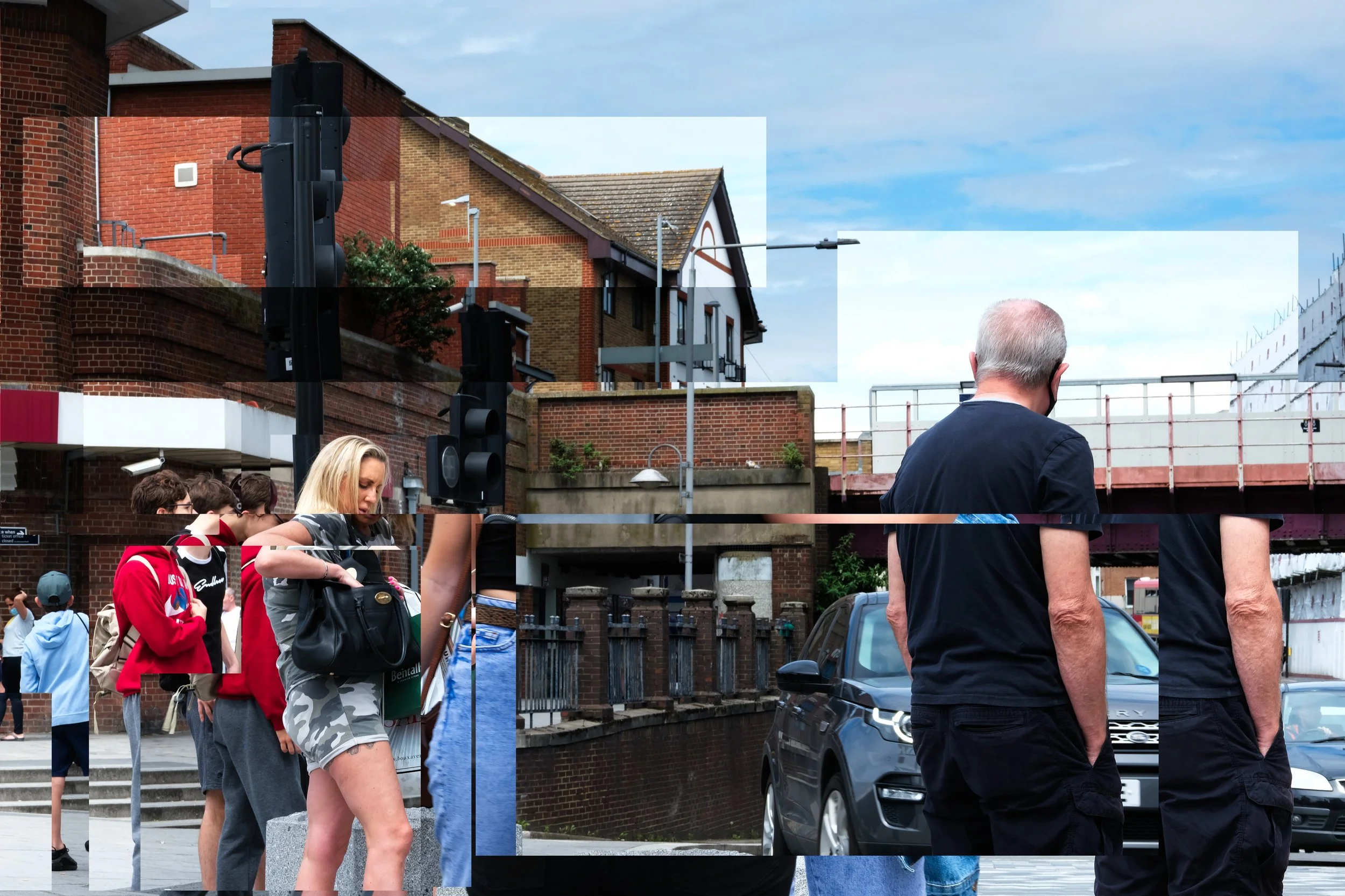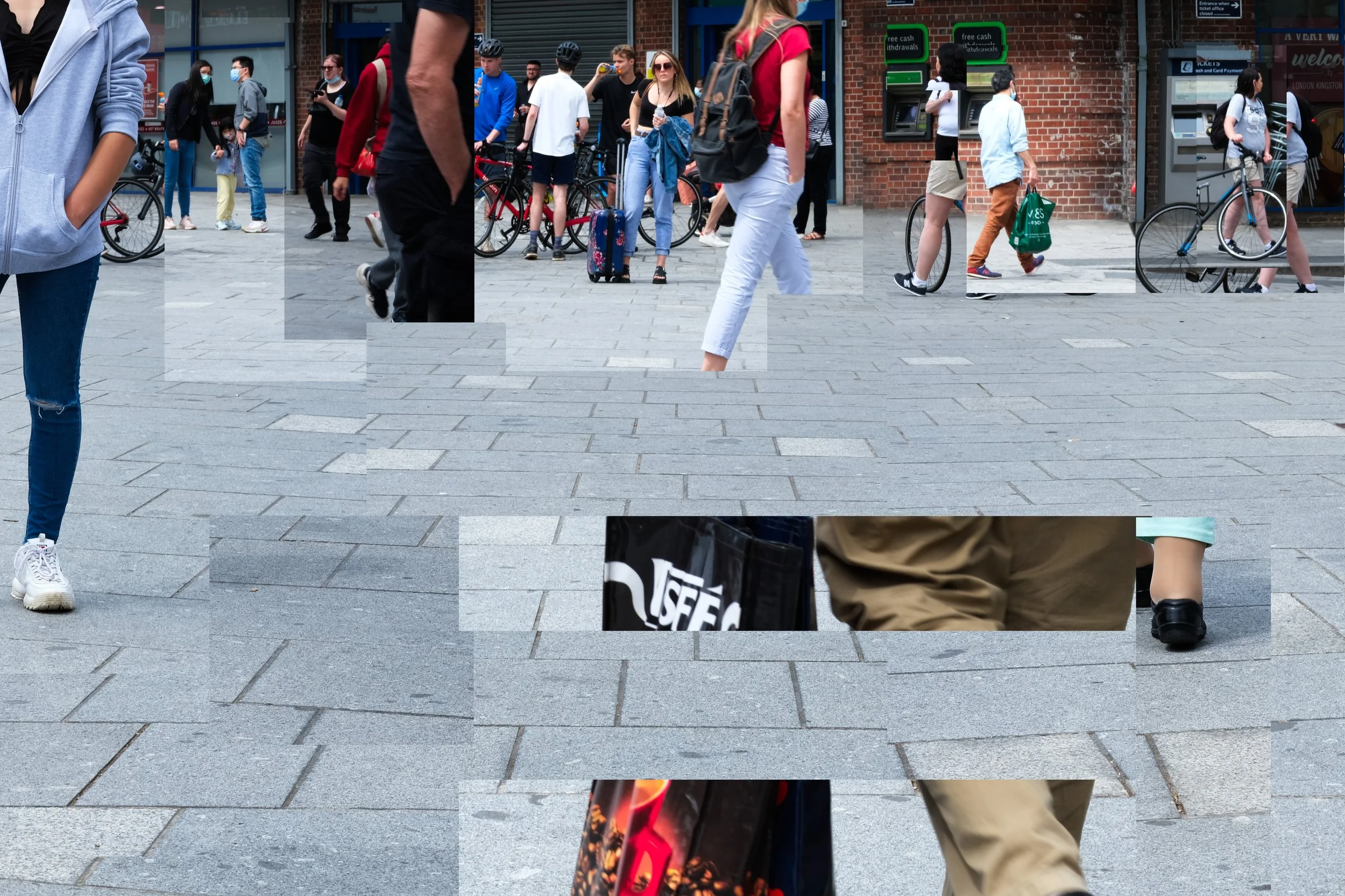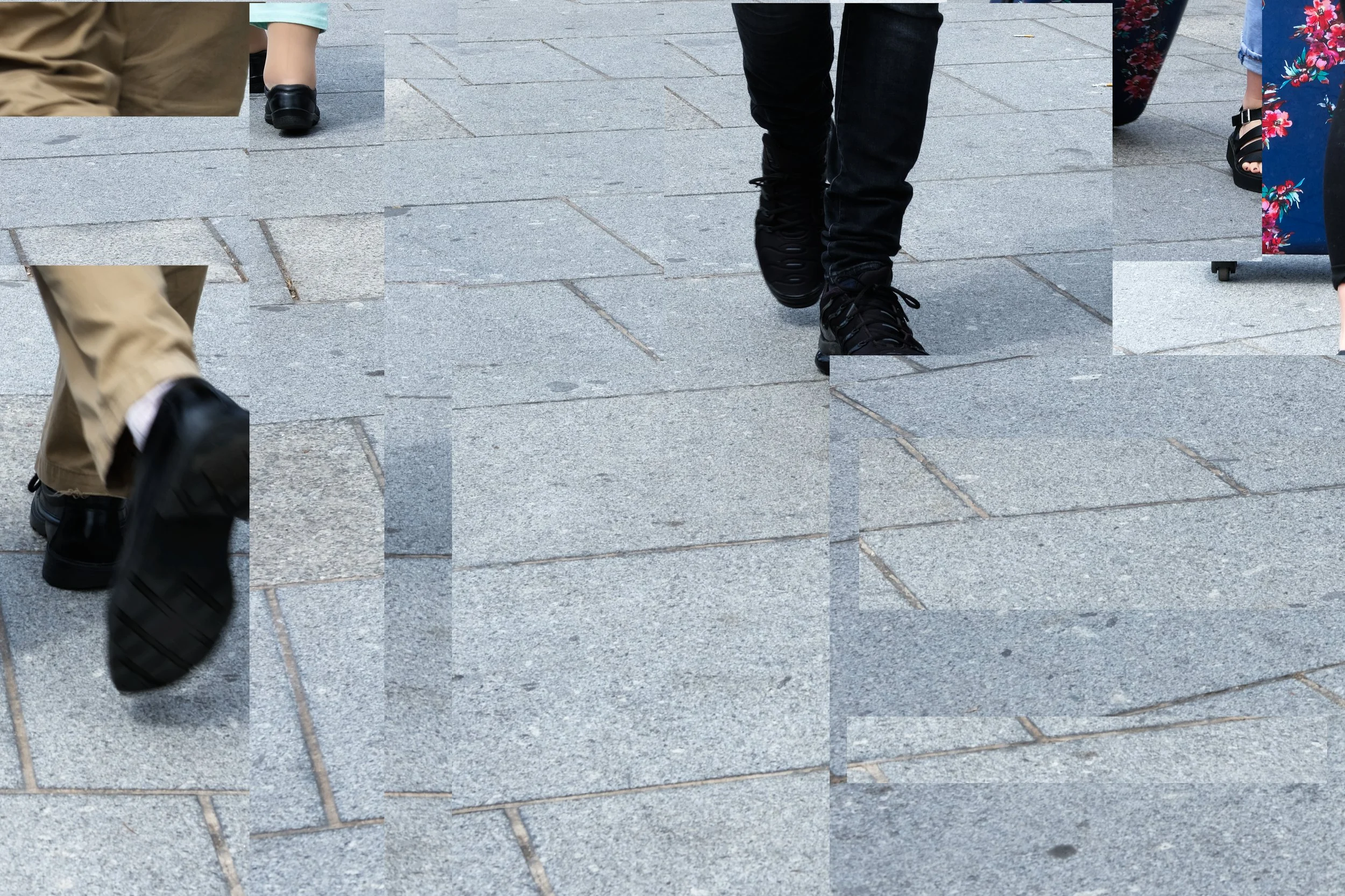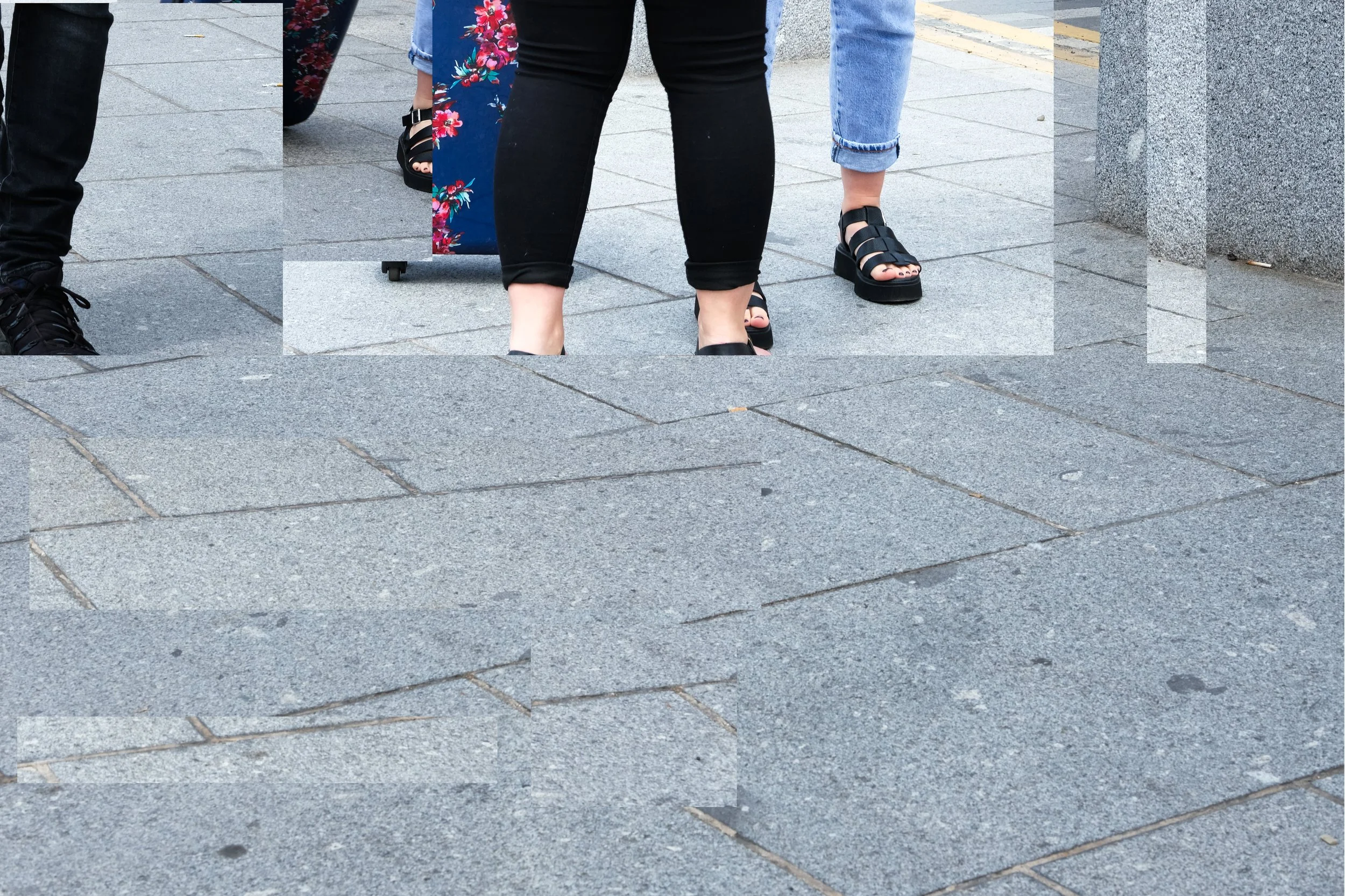July - October 2021.
Fractured Adolescence
“As a 13 year old girl I struggle finding my place in society. I do not feel I fit into any group at school, I feel like I am pressured to wear and look the same as everyone else.”
“As a sporty girl I do not want to sit and chat with the ‘girly’ girls, wear the latest fashions or wear makeup all the time. Instead I’d rather be playing football with the boys or training at gymnastics.”
“At times I feel out of place and judged.”
“I want to be accepted for being me, I do not want to change to fit in, but I feel under pressure to do this.”
“I just want to be me and to find a place that accepts who I am as a person. I feel like I am a jigsaw piece that just doesn’t fit the puzzle.”
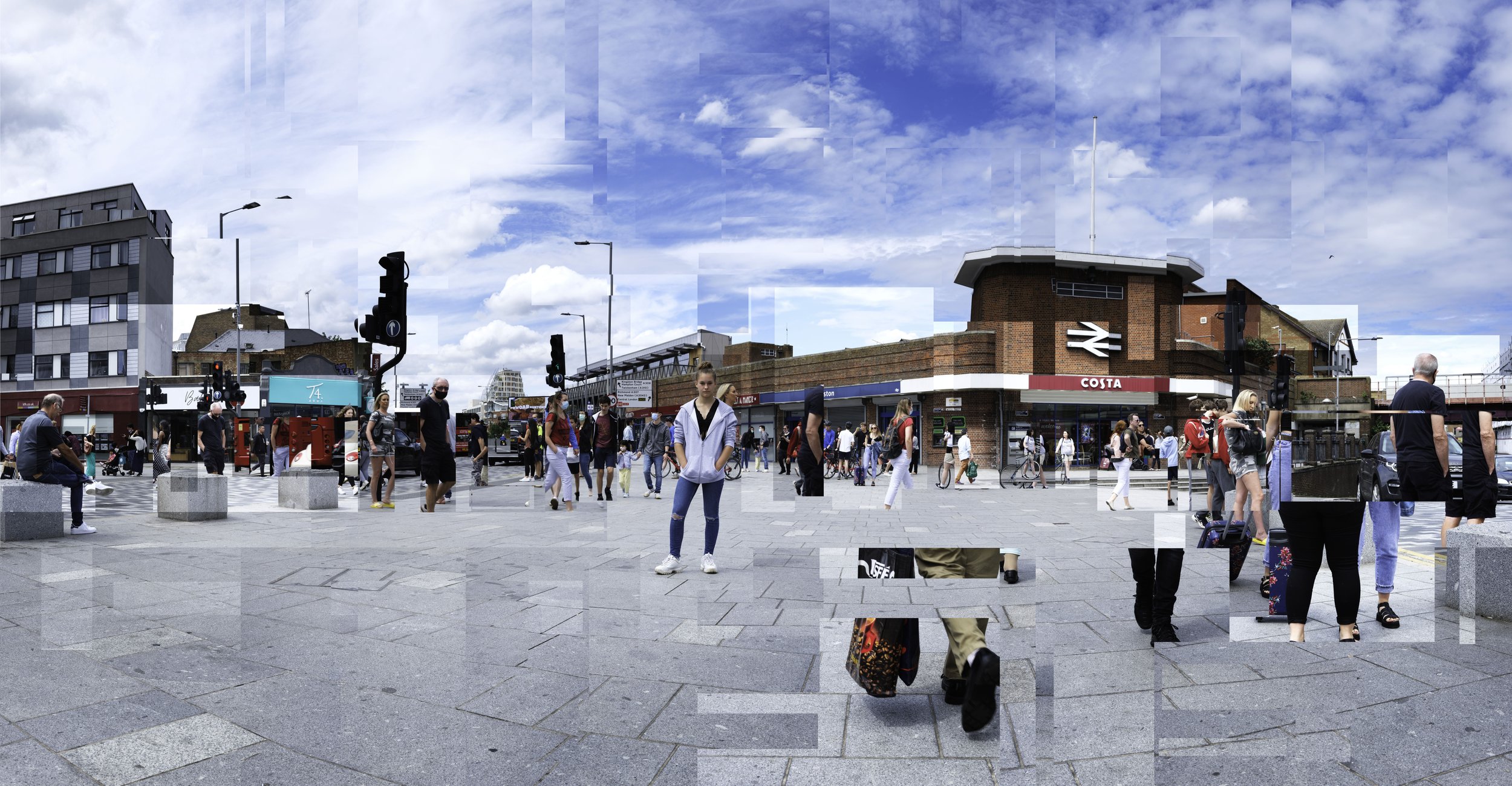
Abi x
The Book
The image ‘Fractured Adolescence’ (shown above) was also turned into a book. It was printed by Blurb and then cut into to produce the final piece of work. It was produced as a single edition that Abi now owns.
Artist’s Note
I am really proud of Abi who embraced the challenges of making ‘Fractured Adolescence’; this image-of-images.
She openly embraced the concept of the project and was brave enough to engage in the performative aspect of the work that aimed to address the challenges of introversion and identity by directly confronting them in public.
Inspired by her notion that life felt like a puzzle, and that as a piece of that puzzle she hadn’t yet found a way to fit in, I set about to develop a style of image creation within which we could collaborate to visualise this state of mind.
The process I adopted uses technologies that are designed to present a refined and pristine view of the world: noiseless digital photographs and seamless panoramic vistas. Yet I have deliberately sought to expose the joins, to cut into the images, to encourage a more complex contemplation of the work around us.
By standing perfectly still in a moving world, whilst the separate elements of ‘Fractured Adolescence’ were captured, Abi provokes the viewer to contemplate hers and their own relationship to time, space and the others that occupy that time, and that space. Within this image we often see only parts of people, or different parts at different moments. Life (what we see) is not as simple and polished or as easily understood as we are led to believe.
The final complete ‘Fractured Adolescence’ image is made from 50 4x6 images aligned in space but disconnected in time. Their overlapping segments are cut into digitally to amplify the distortion of spacial perception and the progress of time.
The book takes the complexity of engaging with the ‘Fractured Adolescence’ image a step further by breaking it back down into 30 4x6 images that retain the cuts and imperfections of the collage. Some cuts are visual constructs within the image, others are physical aspects of the book.
The performative aspect of creating the work taken on by Abi is now handed to the viewer to engage in exploring the disjointed world, to construct it for themselves, to find the narratives it contains. The final image is not presented in its totality for the viewer to passively absorb and pass over as they might with the ephemeral stream of social photos found online.
I wanted this project to reflect on the lives of teenagers and adolescents and the complex world they have to navigate. Social networks and visual media create a heightened pressure to conform to set ‘types’. The socially constructed world can appear seamless and perfect, and finding that one’s own reality does not match that construction can lead to anxiety and physiological distress.
As distillations of ideal, those ‘types’ never truly represent the multiple facets a person will have, yet there is a pervasive pressure to present a polished outward appearance of conformity. These facades of obedience presented in real life, and on social channels that define them, come at the cost of being able to display an authentic, multifaceted persona.
Abi is clear about who she is and resists the potential to compromise her own integrity to fit into a simple mould. As with my other work on adolescence and its numerous challenges I hope that others may see it, and within it find a reflection of themselves that helps them feel less alone and more able to articulate their own challenges.

